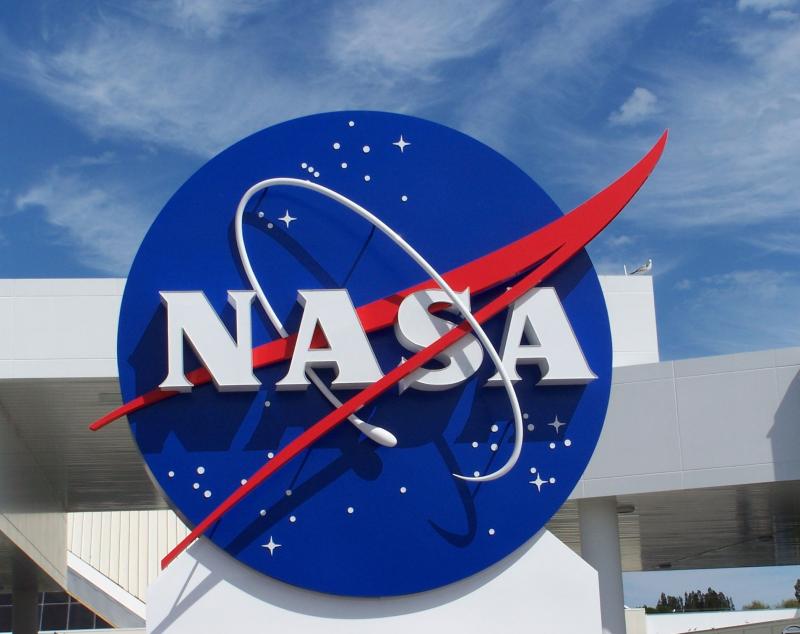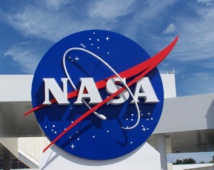NASA official Thomas Zurbuchen had described the complex landing process as "seven minutes of terror."
The spacecraft was launched in May and has travelled more than 484 million kilometres to reach the Elysium Planitia, a flat region on Mars, to study seismic activity and heat below the surface.
InSight will now begin its two-year mission to study what is far below Mars' surface. This mission will be like taking the planet's vital signs in order to discover more about its mantle and core, NASA said on its website.
"In the coming months and years even the history books will be rewritten about the interior of Mars," JPL director Michael Watkins said at a press conference on Monday.
Among the instruments on the probe is a seismometer, which will monitor "marsquakes" - seismic waves travelling through the interior structure of the planet. The data collected will reveal information that scientists can use to draw conclusion.
Another instrument will burrow several metres into the planet to gauge how much heat is flowing out. The observations will shed light on whether Earth and Mars are made of the same elements. InSight also is fitted with radios to assess the wobble of Mars' rotation axis, providing information about the planet's core.
"The signatures of the planet's formation processes can be found only by sensing and studying evidence buried far below the surface," said InSight principal investigator Bruce Banerdt on Sunday.
NASA scientists admitted on Sunday to being "a little bit nervous" about the landing but also said they felt confident it would be a success.
"We recognize that you never take Mars for granted. Mars is hard," said Zurbuchen, a lead administrator at NASA headquarters in Washington, said at a news conference on Sunday.
The spacecraft was launched in May and has travelled more than 484 million kilometres to reach the Elysium Planitia, a flat region on Mars, to study seismic activity and heat below the surface.
InSight will now begin its two-year mission to study what is far below Mars' surface. This mission will be like taking the planet's vital signs in order to discover more about its mantle and core, NASA said on its website.
"In the coming months and years even the history books will be rewritten about the interior of Mars," JPL director Michael Watkins said at a press conference on Monday.
Among the instruments on the probe is a seismometer, which will monitor "marsquakes" - seismic waves travelling through the interior structure of the planet. The data collected will reveal information that scientists can use to draw conclusion.
Another instrument will burrow several metres into the planet to gauge how much heat is flowing out. The observations will shed light on whether Earth and Mars are made of the same elements. InSight also is fitted with radios to assess the wobble of Mars' rotation axis, providing information about the planet's core.
"The signatures of the planet's formation processes can be found only by sensing and studying evidence buried far below the surface," said InSight principal investigator Bruce Banerdt on Sunday.
NASA scientists admitted on Sunday to being "a little bit nervous" about the landing but also said they felt confident it would be a success.
"We recognize that you never take Mars for granted. Mars is hard," said Zurbuchen, a lead administrator at NASA headquarters in Washington, said at a news conference on Sunday.









 Home
Home Politics
Politics











